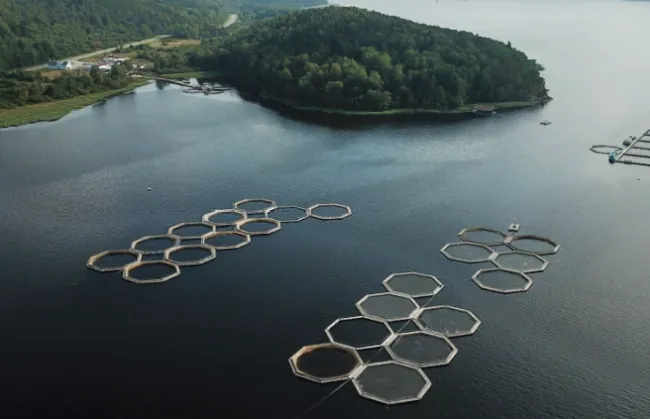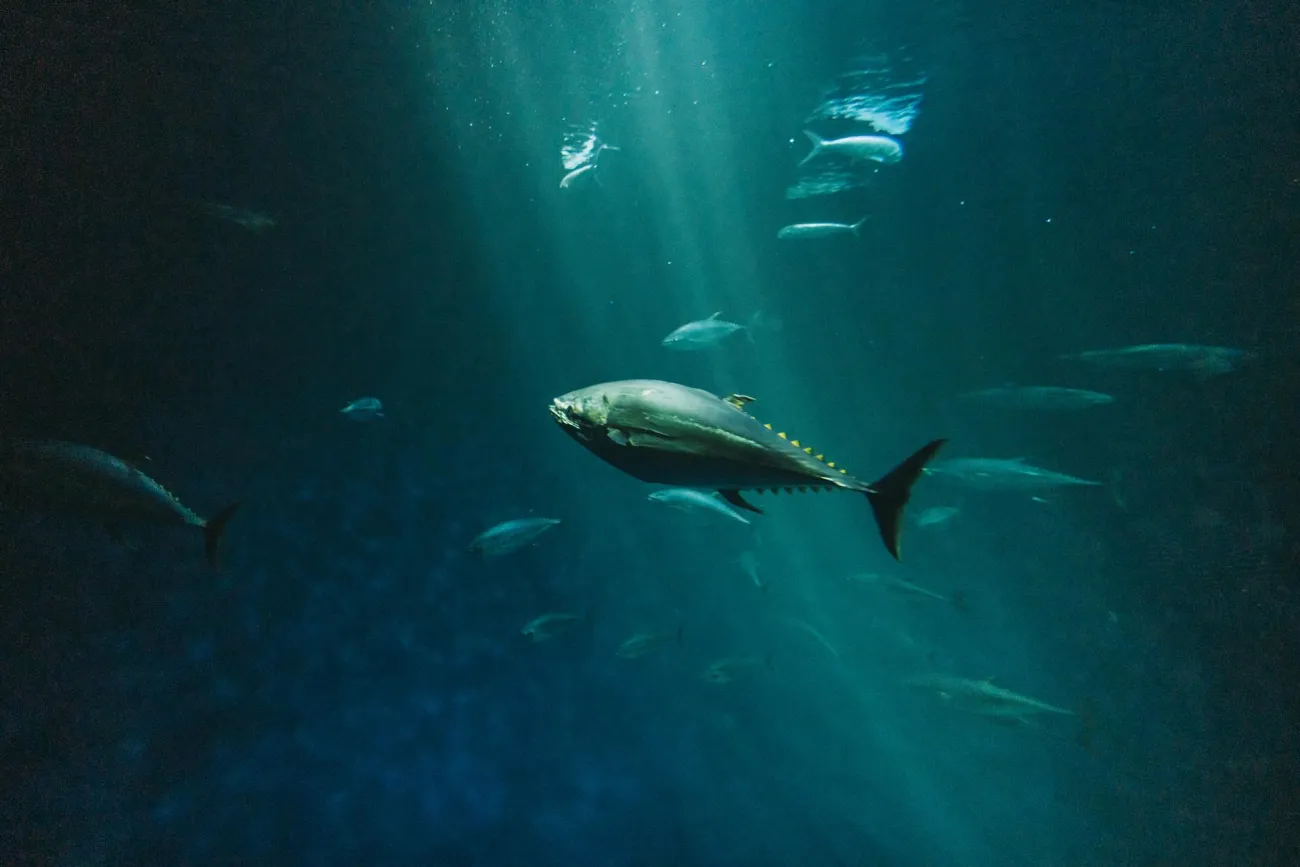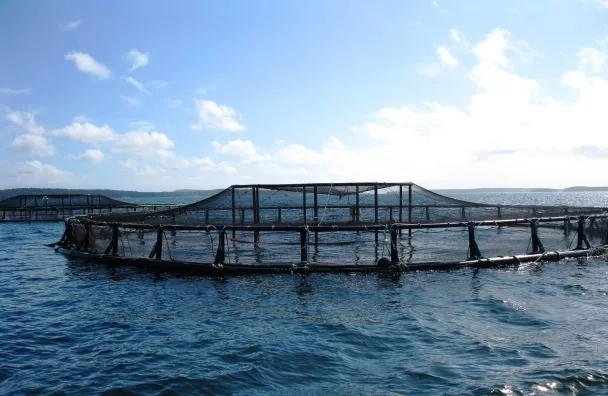This article takes an economic approach to projecting future scenarios for the global fish market and is intended to guide policy around aquaculture regulations. It presents different scenarios for aquaculture and fisheries production projections up to 2030 and highlights the potential implications for food security. The authors identify a gap in future food security literature, both within literature focused on fish and the literature more broadly, that has lacked incorporation of the impact of supply and demand due to changes in food prices, household income, and consumer preferences.

The article builds from previous fishing industry modelling; it uses the FAO Fish model, a satellite model that analyses the supply and demand for main agricultural commodities produced, consumed, and traded worldwide. This paper models four scenarios based on special runs of the FAO Fish Model and discusses the implications of the scenarios on food security. The four scenarios are as follows.
I. Average annual aquaculture growth rate of 2.4%
II. Average annual aquaculture growth rate of 4%
III. Average annual aquaculture growth rate of 5%
IV. Climate change
The climate change scenario (IV) makes four main assumptions; 1) Higher latitude countries will witness increased marine fisheries catches. 2) The majority of countries will experience declining capture for inland fisheries. 3) all fish species farmed in aquaculture will be impacted to the same degree. 4) The world economy will not vary due to changing fisheries and aquaculture production.
The authors provide an analysis of the economic impact of each scenario on capture fisheries and aquaculture fisheries combined and individually. Broadly, the article finds that the price of fish declines in the growth scenarios (II and III) whilst the price increases between 40%-60% for the climate change scenario in which production from fish capture and aquaponics is projected to decline markedly. The authors suggest that without adequate growth of the aquaculture sector, fish prices globally will increase substantially and fish consumption rates will decrease. This will be most notable in Africa where the climate change scenario results in a decrease of fish consumption per capita by 12.7%. The authors point to the unequal detrimental effect of climate change where in this model, Africa is hit hardest. They note Africa has the lowest fish consumption at the outset and it is here that the need for increased production is the greatest. This is also the case for meat and dairy consumption in Africa.
There is no discussion of animal welfare and the authors only briefly mention potential environmental issues associated with the expansion of aquaculture production. The authors do note the importance of access to technological advancements in developing countries from an equity and justice perspective. They highlight technologies such as quality genetically improved strains of fish species best suited for aquaculture.
The authors conclude that to maintain or increase fish per capita consumption globally, and in Africa in particular, there is a critical need to develop policies for aquaculture development whilst also considering sustainability and climate change concerns. The authors also point to findings supporting the claim that economic dimensions such as GDP growth and demographic variables are necessary considerations in future food security modelling. Whilst the authors note the need for sustainability considerations, the article lacks adequate considerations of the environmental impacts of each scenario.
Abstract
There is much concern about future fish consumption based on expected population growth as well as due to the large number of people still suffering from undernourishment. At the same time, there may be limits to the potential for expanded production from fisheries and aquaculture. What is often overlooked in many studies of future food security is the economic impact of changes in supply and demand, for example, due to changes in food prices, household income, and consumer preferences. This paper takes an economic approach to analysing the supply of and demand for fish up to 2030, with an emphasis on aquaculture. Four scenarios are considered, with the average annual growth rate in production varying between 2.4 and 5%, but with little change in capture fishery production. Variations in the aquaculture growth rates are found to have important consequences not only for future fish prices but also for per capita fish consumption up to 2030. Sub-Saharan Africa is particularly affected by the growth rate of aquaculture production.
Reference
Bjørndal, T., Dey, M., Tusvik, A., 2024. Economic analysis of the contributions of aquaculture to future food security. Aquaculture 578, 740071.
Read the full article here and see our blog on Can we have our farmed salmon and eat it too?




Comments (0)